I know about the ghost voltage concept. As far I as understood for example in an SMPS there is "Y" EMI filter and that little capacitance creates a RC voltage divider and we see the ghost voltage high if we measure with a device with high input impedance. I'm not going to write about details because there are many question on the mechanism of it which is basically caused by some sort of capacitive coupling.
But my question comes from my own experience in life. When I touch my laptop's surface sometimes I can feel that ghost voltage but not at every place's. So at home I don't have that but in another place the phenomenon is there.
So this made me think that if ghost voltage was caused by the capacitive coupling of the mains voltage why doesn't it happen everywhere? If the leakage capacitance is the same and we have the same AC at two different place why am I experiencing this at only some places? Can that be the mains at two different locations have some fundamental differences leading this issue?
